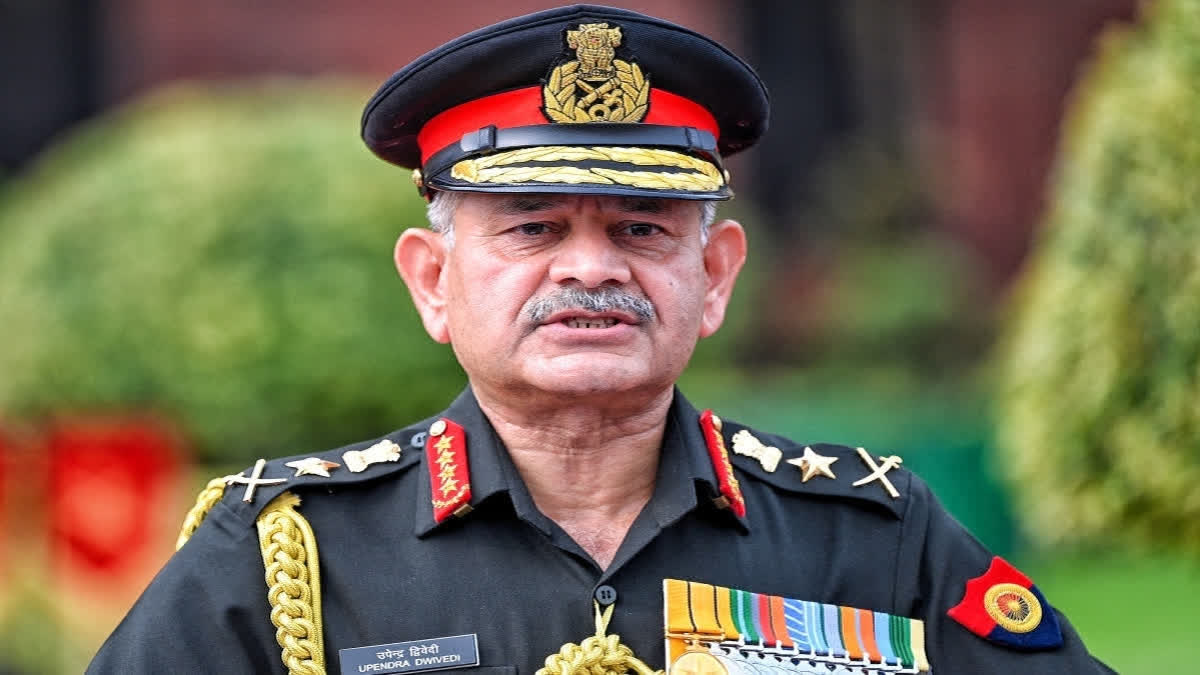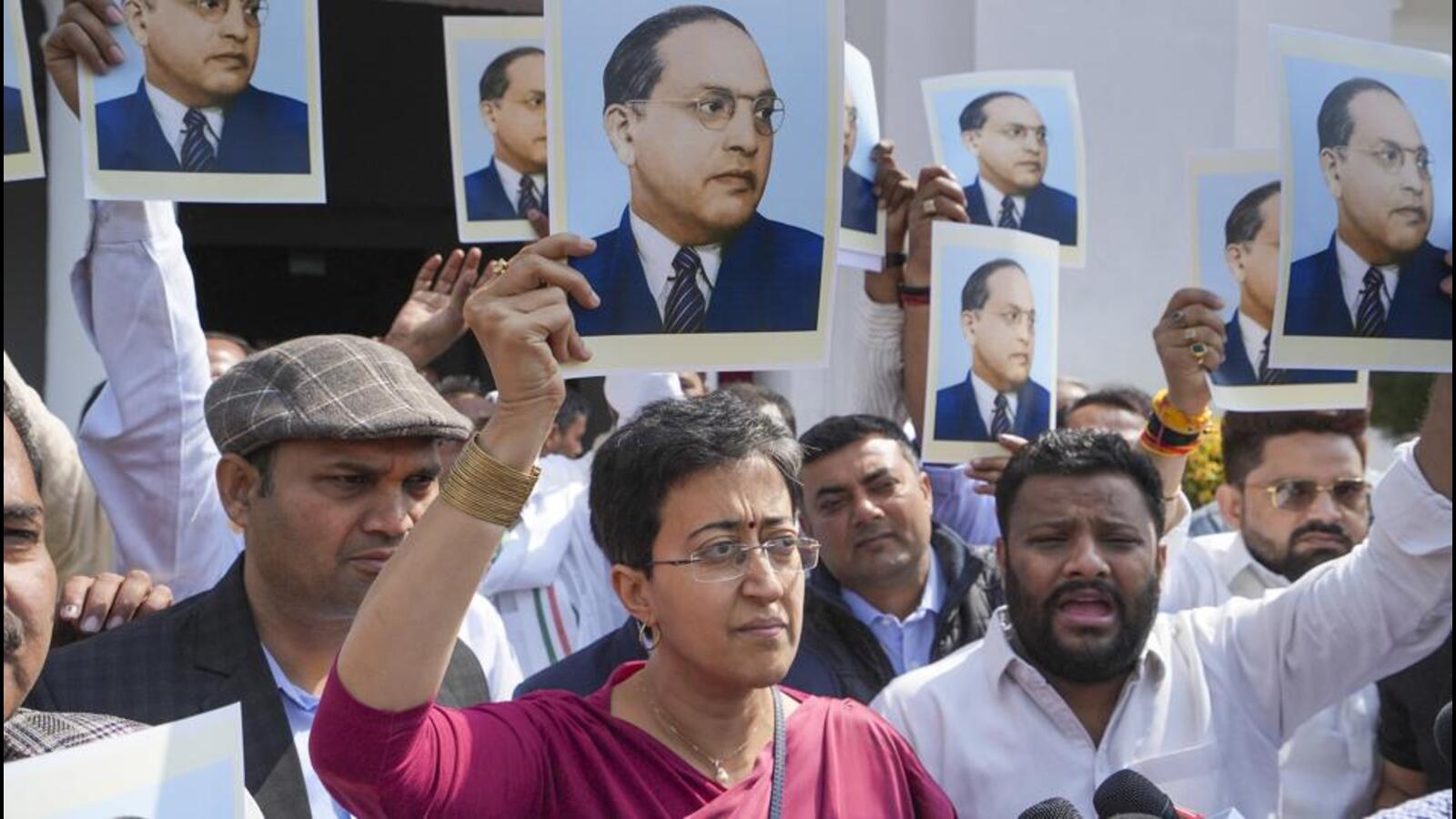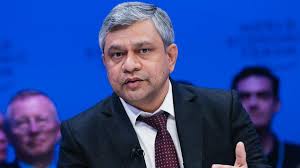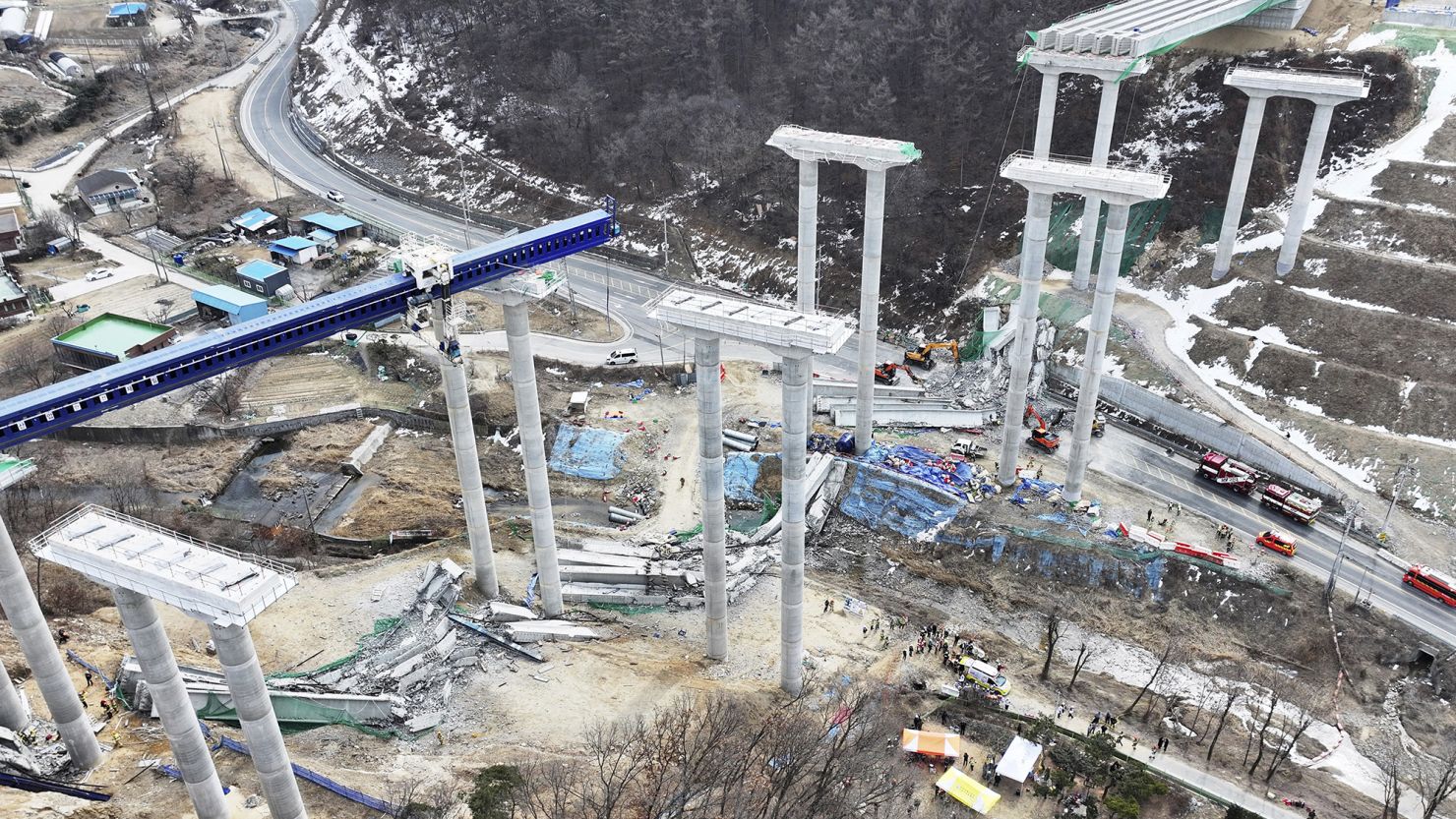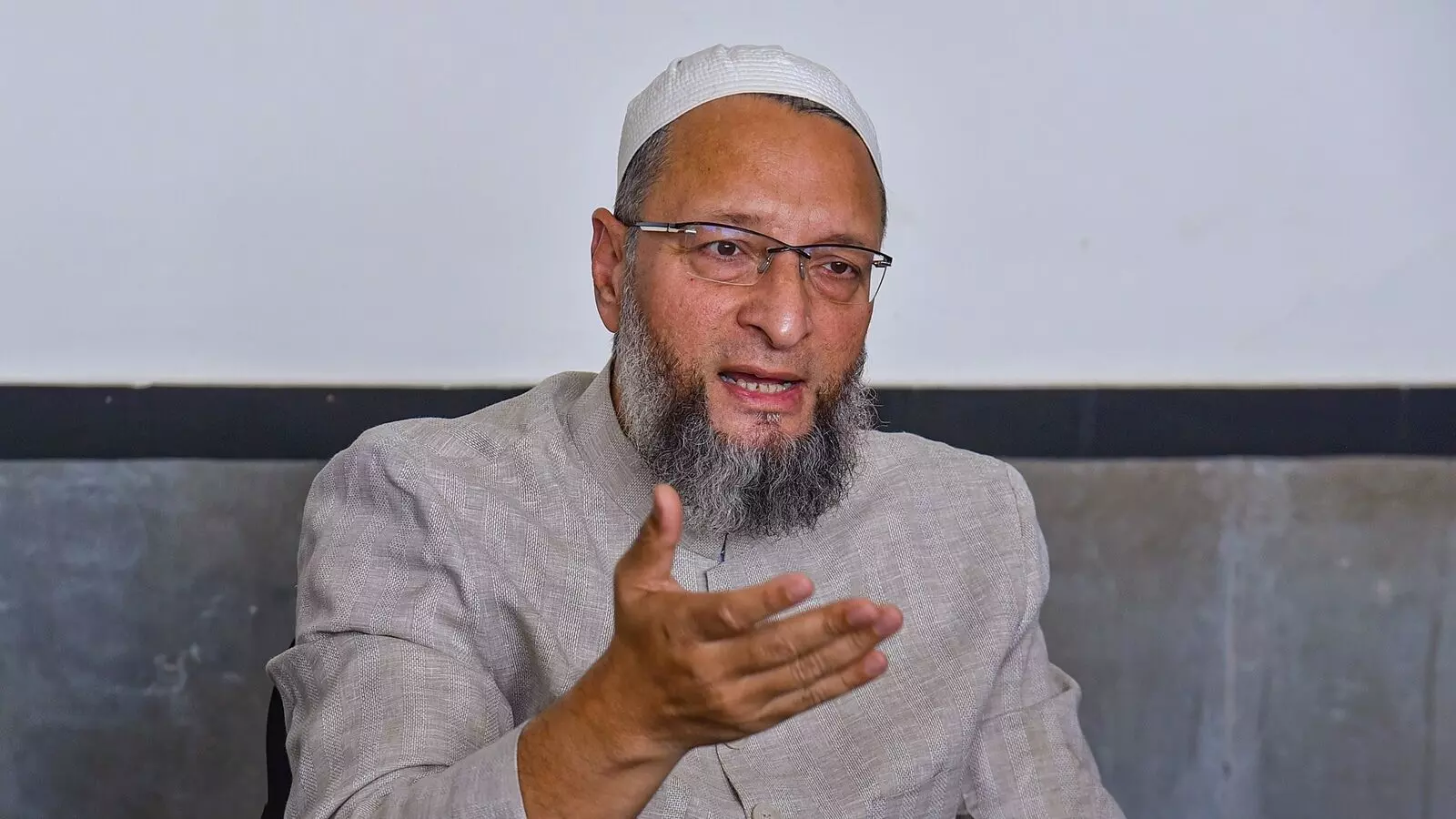KCR’s Kisan Sarkar places Telangana’s agriculture boom highest among top 10 States
Thu 29 Aug 2024, 01:50:01
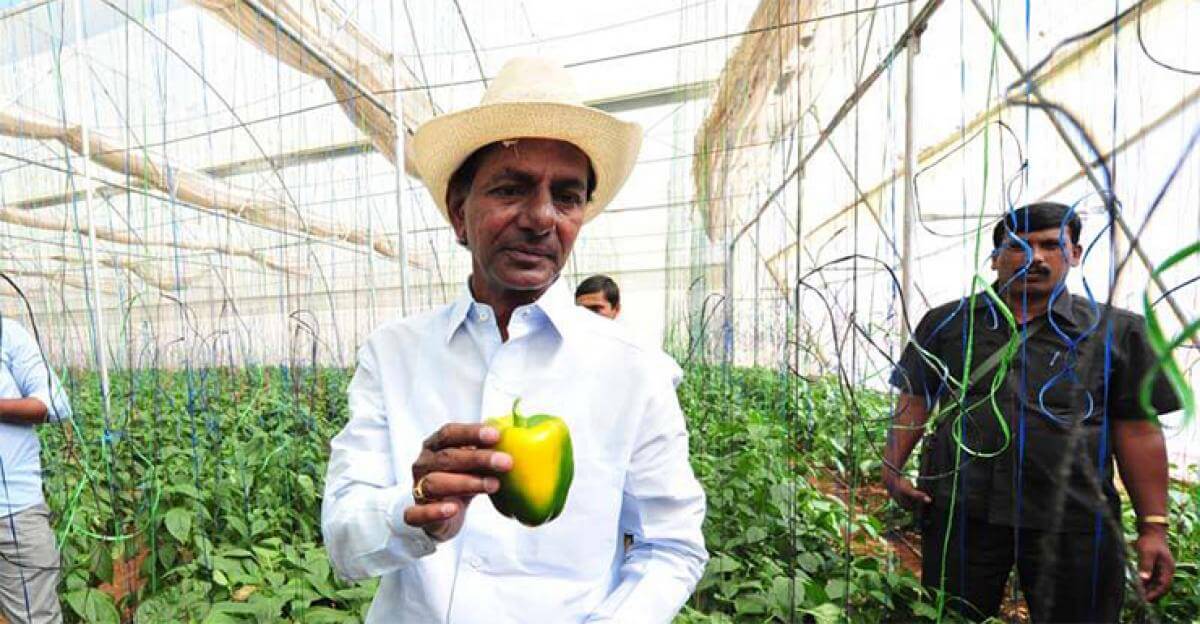
Driven by a comprehensive approach to the needs of the farmers’ community, key reforms and initiatives tried out in Telangana over the last decade have collectively propelled the State to the forefront of agricultural growth in India. The State achieved the highest annual growth rate in food grain production among the top 10 States, with a remarkable 16.42 per cent growth rate from 2018-19 to 2023-24.
The exceptional growth is acknowledged even by the Union government, with an analysis of data from the Union Ministry of Agriculture from 2018-19 to 2023-24 dispelling the negative narrative that Chief Minister A Revanth Reddy and his Ministers have repeatedly been trying to push against the previous BRS government. The data is available on the website agriwelfare.gov.in, from the statistics link where ‘Agricultural Statistics At a Glance’ reports are published.
The success has been attributed primarily to factors such as the positive impact created by State-sponsored programmes like the Rythu Bandhu scheme, which provided direct income support to farmers, and the Rythu Bima programme, offering financial security through insurance and also to infrastructure development achieved with the construction of Rythu Vedikas, which served as hubs for agricultural support and seed distribution.
The boom was attributed equally to the increased distribution of tractors and farm machinery that added substantially to farm mechanisation and enhanced use of fertilisers, free power to the
agricultural sector and timely procurement of paddy and harvest of other crops to the last grain at a guaranteed minimum support price.
agricultural sector and timely procurement of paddy and harvest of other crops to the last grain at a guaranteed minimum support price.
Substantial debt relief extended with the crop loan waiver and special focus given to irrigation sector under the leadership of former chief minister K Chandrashekhar Rao, with the construction of major irrigation projects including the Kaleshwaram Lift Irrigation Scheme, also played crucial roles in transforming the State into a granary. Projects like Mission Kakatiya too ensured sufficient water for irrigation, unlike the present situation where farmers are forced to protest on the streets for water and loan waivers.
The states of Punjab and Haryana, despite being traditional agricultural powerhouses, have shown the lowest average growth rates, indicating possible stagnation or challenges in enhancing productivity during this period while West Bengal ranked at the bottom with a growth rate of just 0.14 percent, highlighting significant disparities.
Led by Telangana, the south region registered the highest average growth rate of 9.80 per cent, showcasing the region’s overall strong performance. The Western Region with States like Maharashtra contributed to a solid growth rate of 7.11 per cent.
The Central region registered a moderate growth rate of 4.53 per cent, largely due to Madhya Pradesh’s performance. The Eastern and Northern Regions were found to be lagging behind with growth rates of 2.64 per cent and 1.09 per cent respectively.
No Comments For This Post, Be first to write a Comment.
Most viewed from Hyderabad
Most viewed from World
AIMIM News
Delhi Assembly polls: Owaisi leads Padyatra in Okhla
Feb 01, 2025
We reject this Waqf Amendment Bill: Asaduddin Owaisi
Jan 30, 2025
Latest Urdu News
Most Viewed
May 26, 2020
Which team will win the ICC Men's Champions Trophy 2025 held in Pakistan/Dubai?
Latest Videos View All
Like Us
Home
About Us
Advertise With Us
All Polls
Epaper Archives
Privacy Policy
Contact Us
Download Etemaad App
© 2025 Etemaad Daily News, All Rights Reserved.

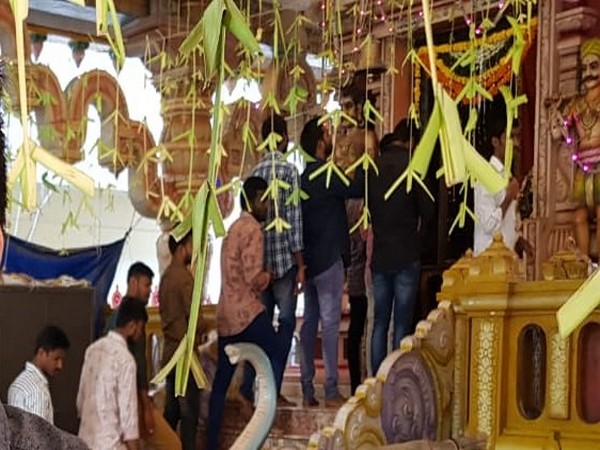

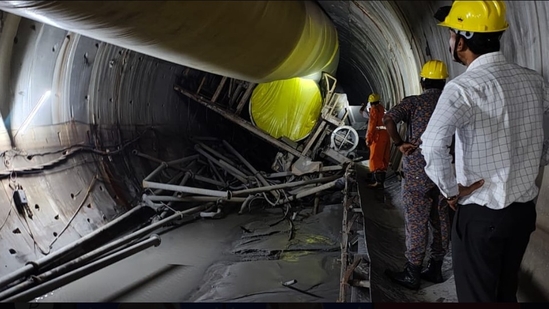
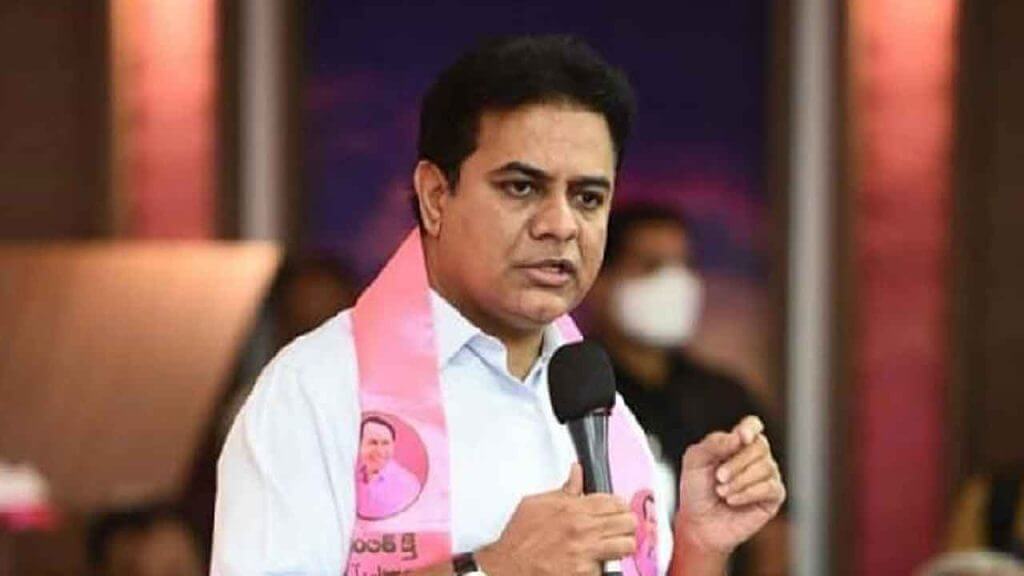
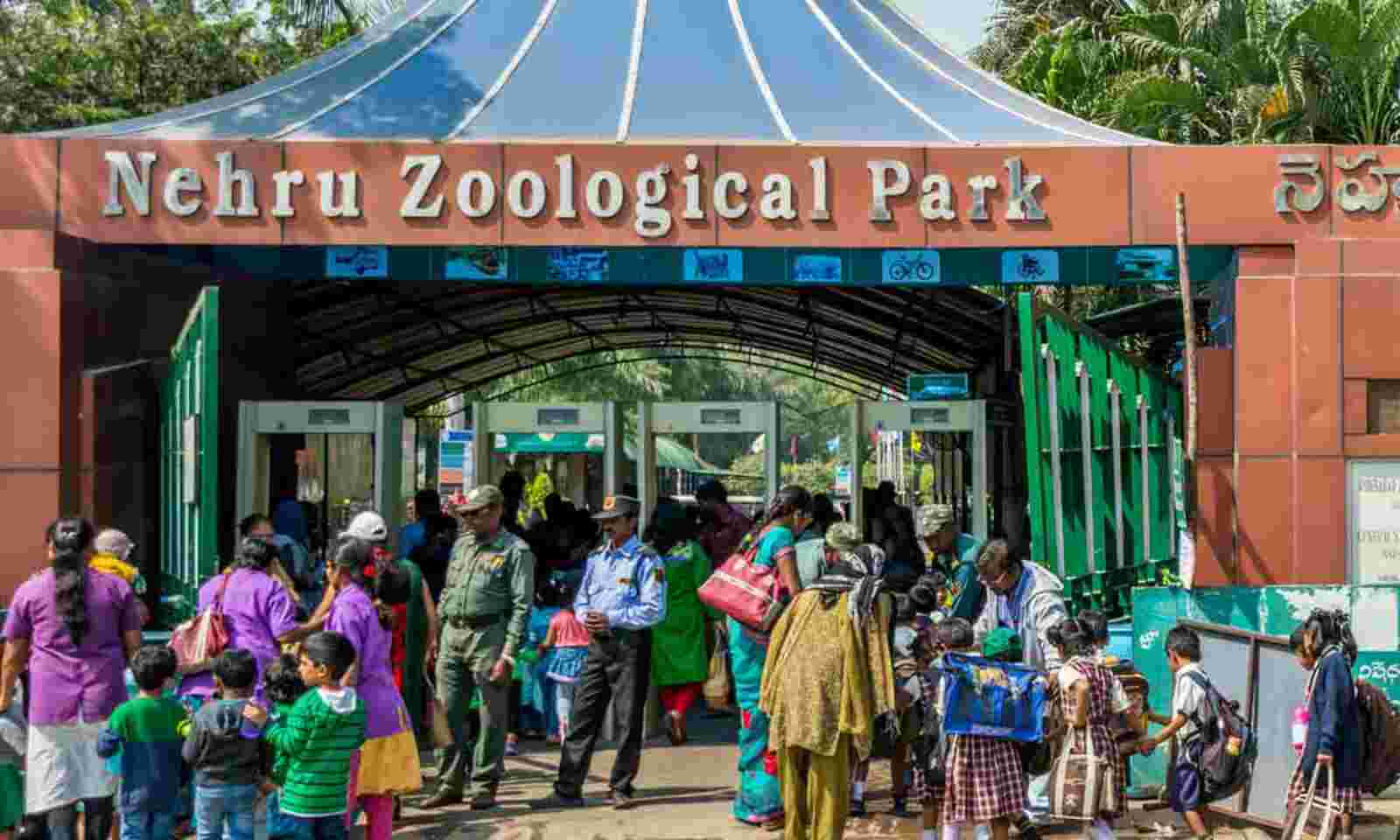

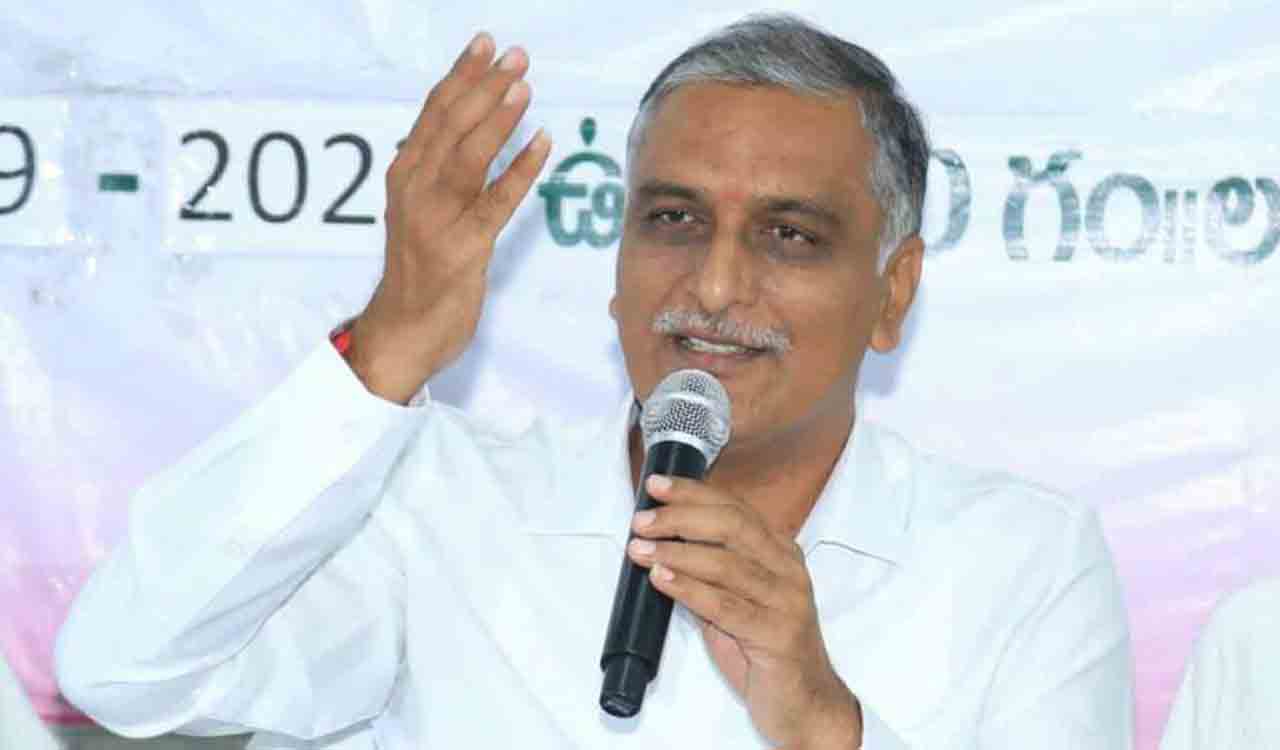
.jpg)
.jpg)
.jpg)
.jpg)
.jpg)

